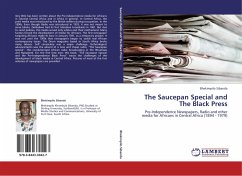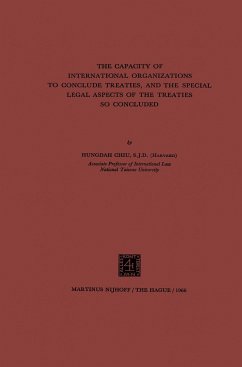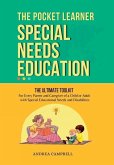Very little has been written about the Pre-independence media for Africans in colonial Central Africa and in Africa in general. In Central Africa, the print media was introduced by the British settlers during occupation, in the 1890s. Even though Radio was introduced in 1933, it was not meant to serve blacks. Zimbabwe had its first television broadcasts in 1961. But due to racist policies, this media served only whites and their motherland. Many factors forced the development of media for Africans. The first newspaper targeting Africans made its bow in January 1931, as a missionary project. It was not until the 1950s that newspapers began to tackle real African contemporary issues. The Drum magazine based in South Africa broke many taboos. Self censorship was a major challenge. Technological advancements saw the advent of a new and cheap radio, The Saucepan special . This revolutionised African radio broadcasting in the Rhodesias and Nyasaland. For the first time ever, this book,The Saucepan Special and the Pre-Independence Black Press traces the challenges of the development of black media in Central Africa. Pictures of most of the first volumes of newspapers are provided.
Bitte wählen Sie Ihr Anliegen aus.
Rechnungen
Retourenschein anfordern
Bestellstatus
Storno








